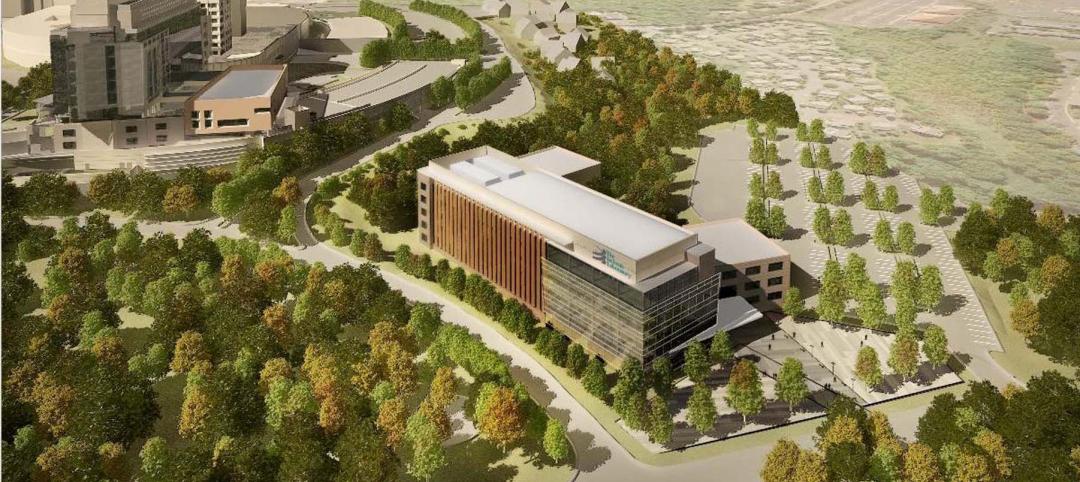The Program of All-Inclusive Care for the Elderly (PACE) is gaining momentum across the country as a cost-effective and compassionate way to support the desires of frail elders to live in their homes and communities and avoid premature nursing home placement. With 118 PACE centers in 32 states, the program is considered the gold standard of care for seniors.
A One Stop Shop
The PACE center is the heart of the program and serves as a "one stop shop" for enrollees, otherwise known as Participants, to receive care and services tailored to meet individual needs. Participants visit the PACE center as needed, up to five days per week, where they receive a majority of care and services. Additionally, transportation is provided to and from the PACE center daily or services can be provided at home to support participant independence. Care is coordinated, provided and paid for by the PACE Interdisciplinary Team (IDT) that knows each Participant’s needs and desires and tailors care and services accordingly. A typical PACE center is comprised of a fully functioning and equipped primary care clinic, adult day center and rehabilitation therapy gym. In addition, it includes find dining areas, large group activity spaces, a PT and rehab space, meditation spaces and a medical clinic capable of primary care. Participants can watch TV, play organized games, relax in one of the many quiet spaces or simply talk to one another. The IDT of nurses, social workers, dieticians, physical therapists, occupational therapists, transportation and primary care physicians is available to attend to a Participant’s needs.
Design and Planning Considerations
Averaging 18,000SF – 22,000SF, the ideal PACE facility is a single story building with a large outdoor covered portico allowing for safe all-weather loading and unloading of Participants. Corridors are approximately 8 foot wide to accommodate the above average number of wheelchairs, as well as other mobility devices, and have a minimal number of corridor bends. Participant socialization spaces are adjacent to one another to reduce walking distances and are connected via large openings rather than doors. While dependent on the population demographics, specific areas are also designed for Participants with dementia related behaviors. Each center has a kitchen for meal preparation and/or serving. Many existing centers buy ready-made meals from vendors and simply reheat in the kitchen thus saving time in preparation and potentially saving significant costs in not having to design and construct a full commercial kitchen.

The fully functioning clinic provides basic primary care to Participants only. Family members are not able to use the clinic as an Urgent Care center or equivalent. The clinic space has an average of 4-6 exam rooms that are enlarged to accommodate wheel chairs. Modular casework is preferred over custom millwork to help budget constraints as modular can offer 40% savings. Medical equipment requirements are not as intensive as an acute care hospital, again supporting the smaller modular casework concept.
For Participant activity areas, a large oven and microwave are included to allow for baking demonstrations or competitions. Several computer terminals with internet access are also available. A patio or landscaped area provides Participants the opportunity to be outdoors to relax or participate in a variety of outdoor activities.
As expected in all healthcare facilities, the safetyand security of Participants is critical. A PACE center’s safety features include an electronic access control system to prohibit wandering and elopement. Additionally, all participant spaces are equipped with a nurse call system that can alert staff in the case of an emergency. Nurse call stations are located in bathrooms, bathing and personal care areas, exam rooms and activity spaces.
In addition to Participant program spaces, each center includes meeting spaces for the IDT. In order for the 11 member IDT to plan, provide and coordinate direct care for Participants, the center must include an adequate large space for daily group meetings as well as multiple smaller work spaces. Staff and administrative work areas are typically located away from Participant program spaces. As opposed to constructing private offices, many staff work spaces are shared work stations that save space and reduce cost.
Business Fundamentals
Ideally, the PACE program will relieve hospital emergency departments of minor medical issues not warranting an ED visit and will reduce hospitalization rates by improving access to care. National research also shows Participants having reduced morbidity and mortality rates and a higher quality of life compared to those living in nursing homes. PACE also provides flexibility to families by relieving the burden of care without taking a family member away from their home. In addition to the high family satisfaction ratings, the program has very low disenrollment. Despite the recognition of the model’s success, PACE programs have grown incrementally and care for only a fraction of their potential population mainly due to CMS regulations.
Conclusion
The benefits of PACE are very apparent and the program is gaining momentum across the country. There is hope that new regulation will provide even more operational flexibility to support expansion and allow PACE programs to operate more competitively in the post-health care reform marketplace. Identifying opportunities to relieve ED volume, reduce cost, improve access and most importantly increase quality of life for our aging population is critical to solving our healthcare dilemma. PACE has proven to be a successful component and vital part of this equation.
Related Stories
| Feb 28, 2012
Griffin Electric completes Medical University of South Carolina project
The 210,000-sf complex is comprised of two buildings, and houses research, teaching and office areas, plus conference spaces for the University.
| Feb 22, 2012
CISCO recognizes Gilbane for quality construction, design, and safety
The project employed more than 2,000 tradespeople for a total of 2.1 million hours worked – all without a single lost-time accident.
| Feb 14, 2012
The Jackson Laboratory announces Gilbane Building Co. as program manager for Connecticut facility
Gilbane to manage program for new genomic medicine facility that will create 300 jobs in Connecticut.
| Feb 13, 2012
WHR Architects renovation of Morristown Memorial Hospital Simon Level 5 awarded LEED Gold
Located in the Simon Building, which serves as the main entrance leading into the Morristown Memorial Hospital campus, the project comprises three patient room wings connected by a centralized nursing station and elevator lobby.
| Feb 13, 2012
New medical city unveiled in Abu Dhabi
SOM’s design for the 838-bed, three-million-square foot complex creates a new standard for medical care in the region.
| Feb 10, 2012
Mortenson Construction research identifies healthcare industry and facility design trends
The 2012 Mortenson Construction Healthcare Industry Study includes insights and perspectives regarding government program concerns, the importance of lean operations, flexible facility design, project delivery trends, improving patient experience, and evidence-based design.
| Jan 31, 2012
Fusion Facilities: 8 reasons to consolidate multiple functions under one roof
‘Fusing’ multiple functions into a single building can make it greater than the sum of its parts. The first in a series on the design and construction of university facilities.
| Jan 31, 2012
Suffolk Construction to manage Lawrence & Memorial Hospital Cancer Center project in Waterford, Conn.
Leading construction management firm overseeing one of first healthcare projects in the country to utilize innovative IPD process.
| Jan 16, 2012
Suffolk completes construction on progressive operating suite
5,700 square-foot operating suite to be test bed for next generation of imaged-guided operating techniques.
| Jan 4, 2012
HDR to design North America’s first fully digital hospital
Humber River is the first hospital in North America to fully integrate and automate all of its processes; everything is done digitally.

















